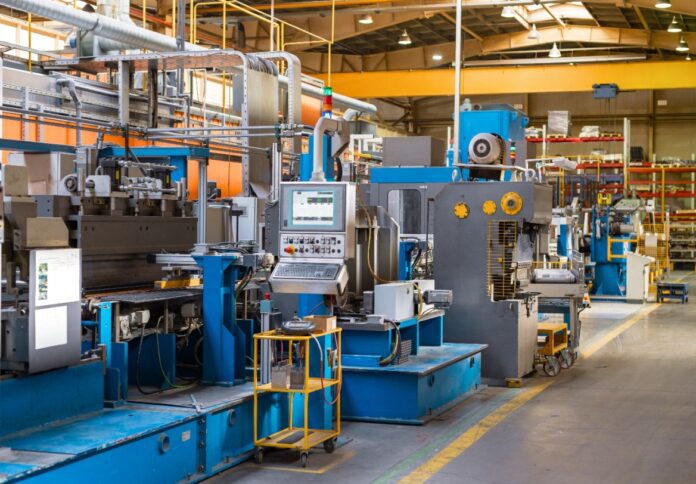
Australia’s manufacturing sector experienced a further slowdown in growth in June, according to the latest S&P Global Australia Manufacturing Purchasing Manager’s Index (PMI) data.
The headline index recorded 50.6, easing from 51.0 in May, marking the lowest reading since February. While remaining above the 50.0 threshold that separates growth from contraction, the result indicates the weakest improvement in operating conditions in the past four months.
S&P Global reported that output fell slightly as incoming new orders declined. The drop in demand was attributed to sufficient inventory levels among clients and a worsening market environment, leading to the first contraction in new orders in five months.
Export orders recorded a notable decline, with survey participants citing adverse effects from US trade policy on global demand.
“Australia’s Manufacturing PMI data showed that growth of the goods-producing sector moderated for a third consecutive month in June,” said Jingyi Pan, Economics Associate Director at S&P Global Market Intelligence.
“While flash data initially pointed to renewed output growth, the final reading indicated a slight downturn in production, reflecting some weakness into the end of the month.”
The survey found that purchasing activity contracted for the second consecutive month, as manufacturers displayed caution in restocking during a period of falling demand. Both pre- and post-production inventories declined over the month.
Despite softer output, manufacturers continued to hire, although at the slowest pace in four months, with both full- and part-time staff added to meet ongoing workloads.
Backlogs of work were sharply reduced in June as additional staffing capacity and lower new business volumes allowed firms to clear outstanding work. However, vendor performance continued to deteriorate, with supply chain delays attributed to shipment issues, supply shortages, and adverse weather conditions.
Cost inflation intensified due to rising raw material, fuel, and shipping expenses. Still, many manufacturers chose to partially absorb these costs to remain competitive, resulting in a moderation of selling price inflation.
“Notably, margin pressures were observed in June, though the continued fall in selling price inflation is a welcome development to support sales growth whilst also boding well for the lowering of interest rates into the second half of 2025,” Pan said.
While business sentiment remained positive overall, confidence weakened to its lowest point since October 2023.
Manufacturers expressed faith in their development plans to drive future sales, though growing concerns over the broader economic outlook tempered optimism.



















